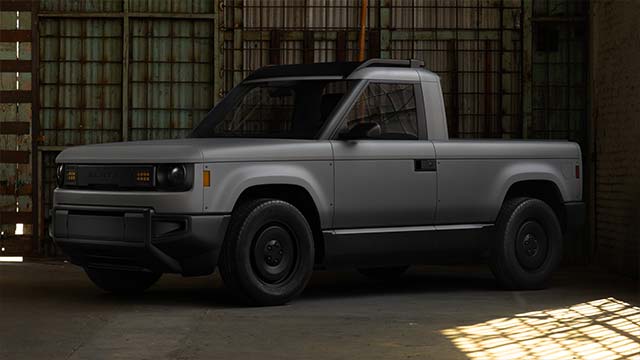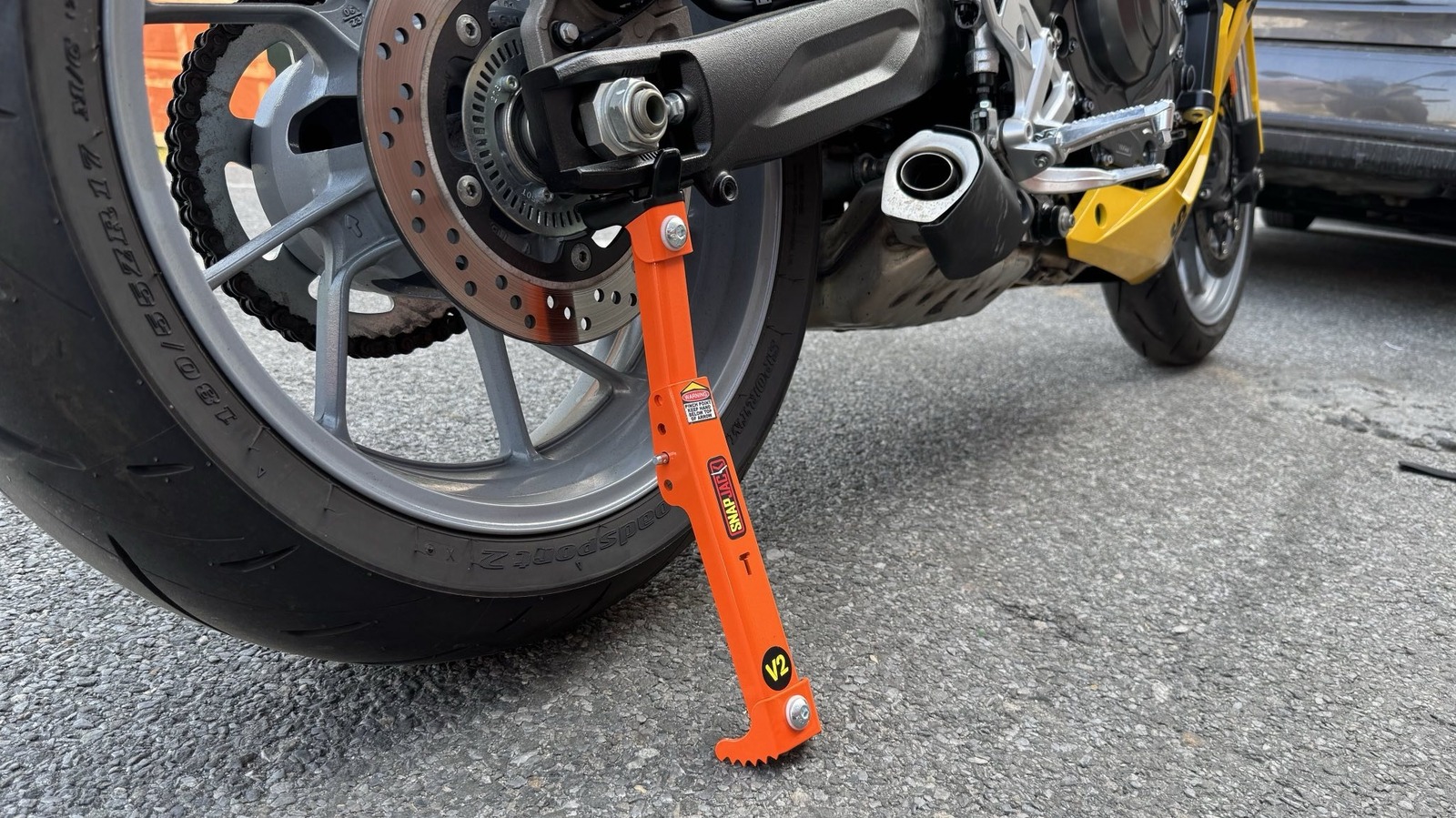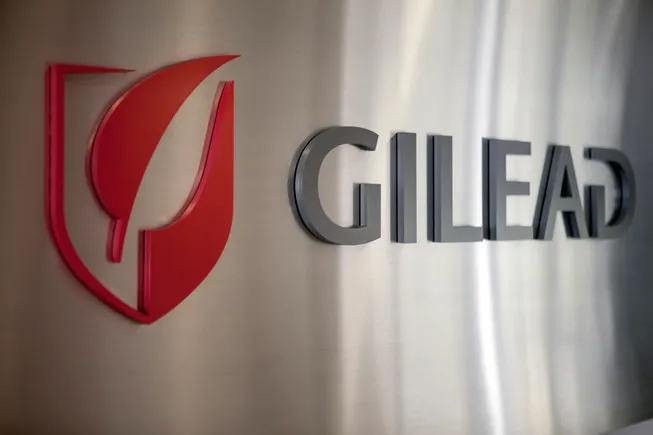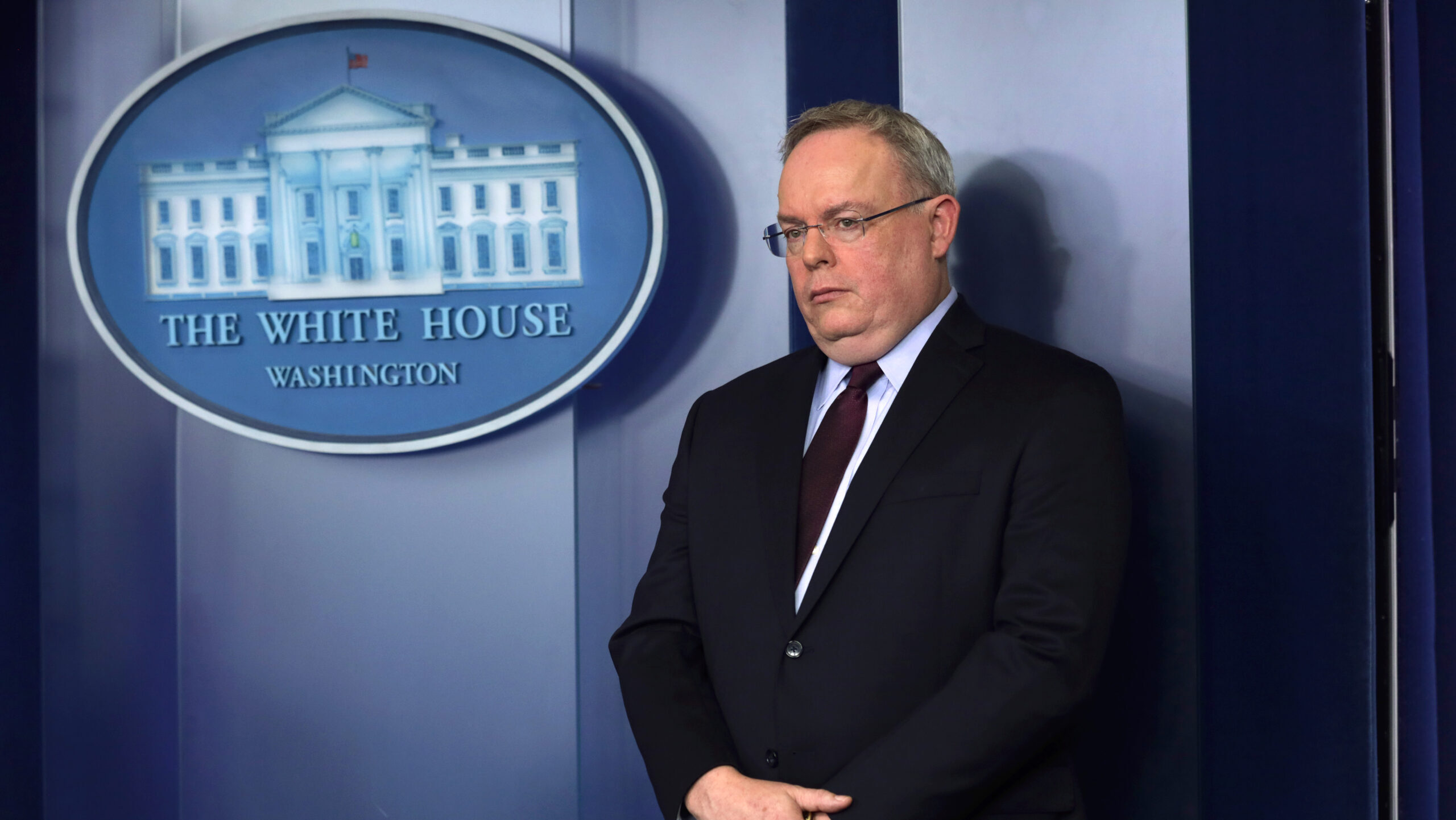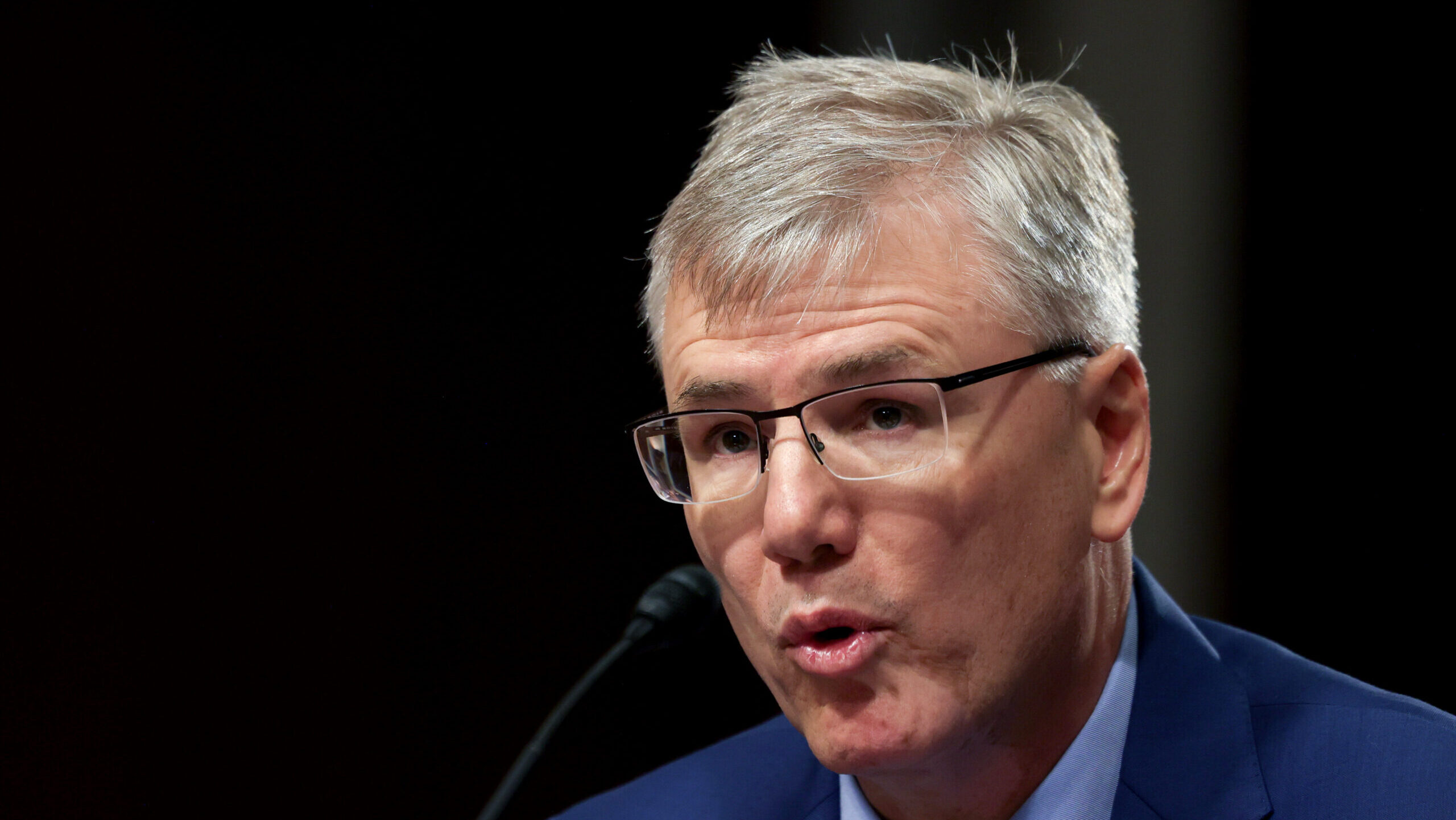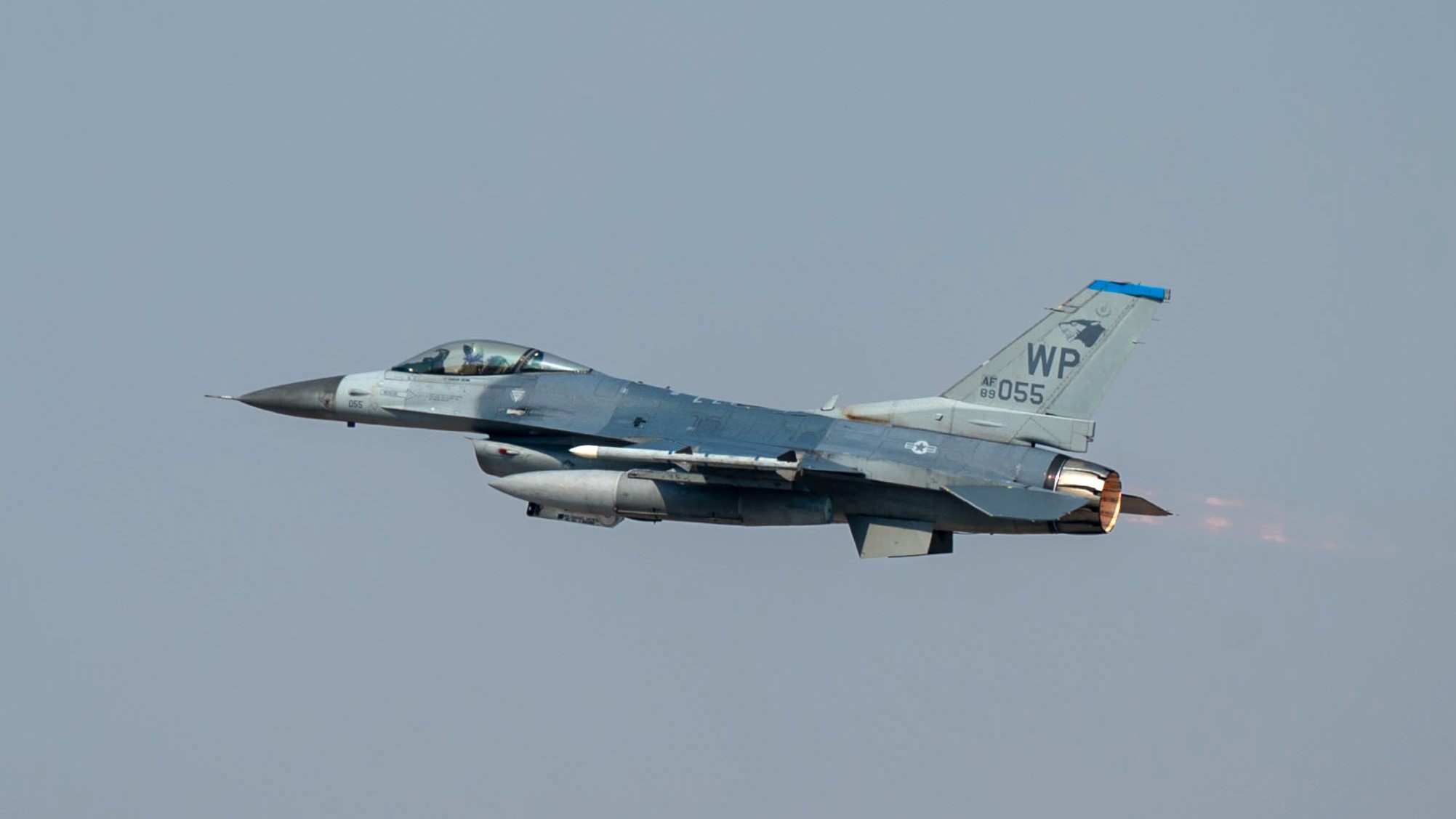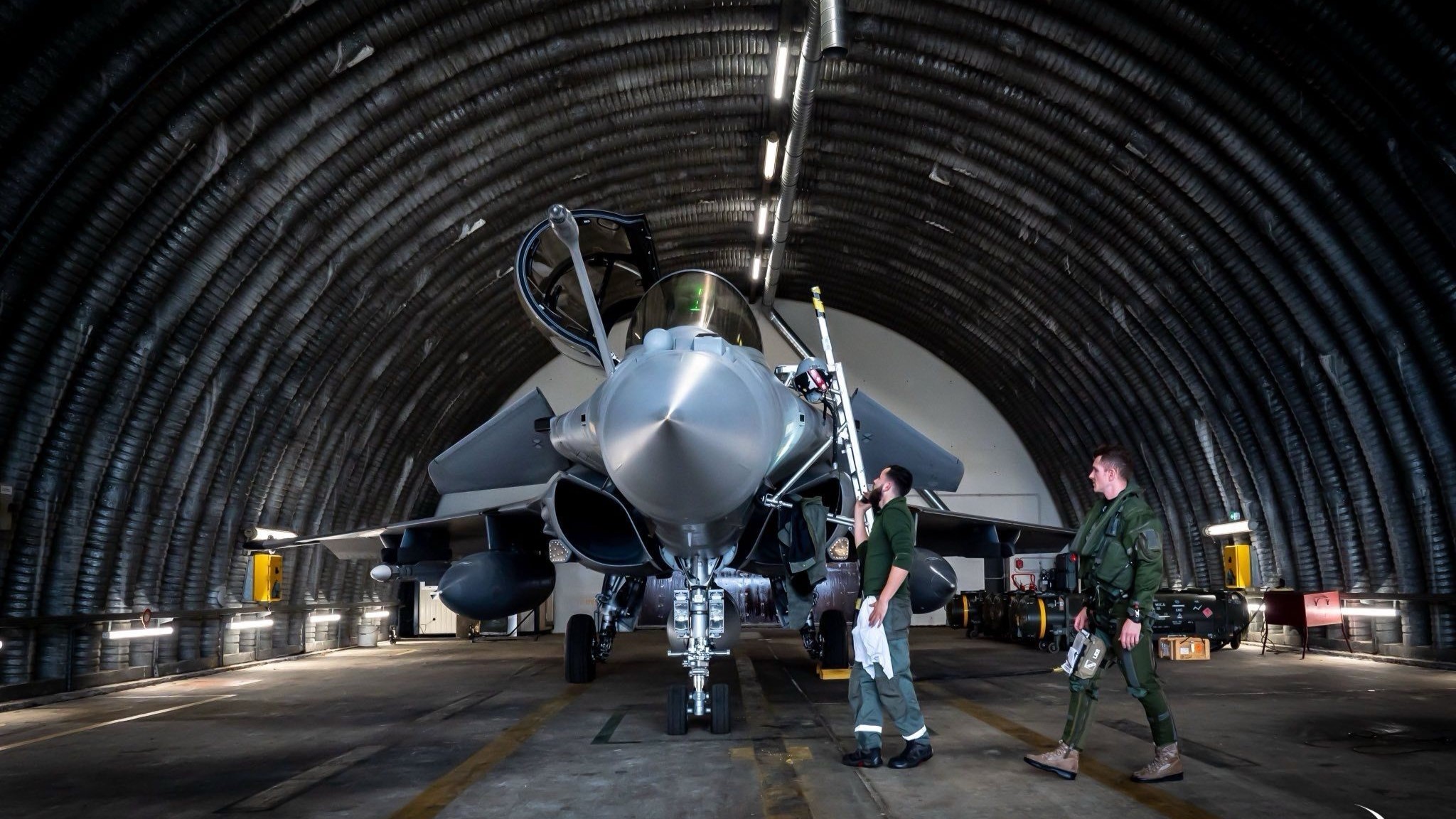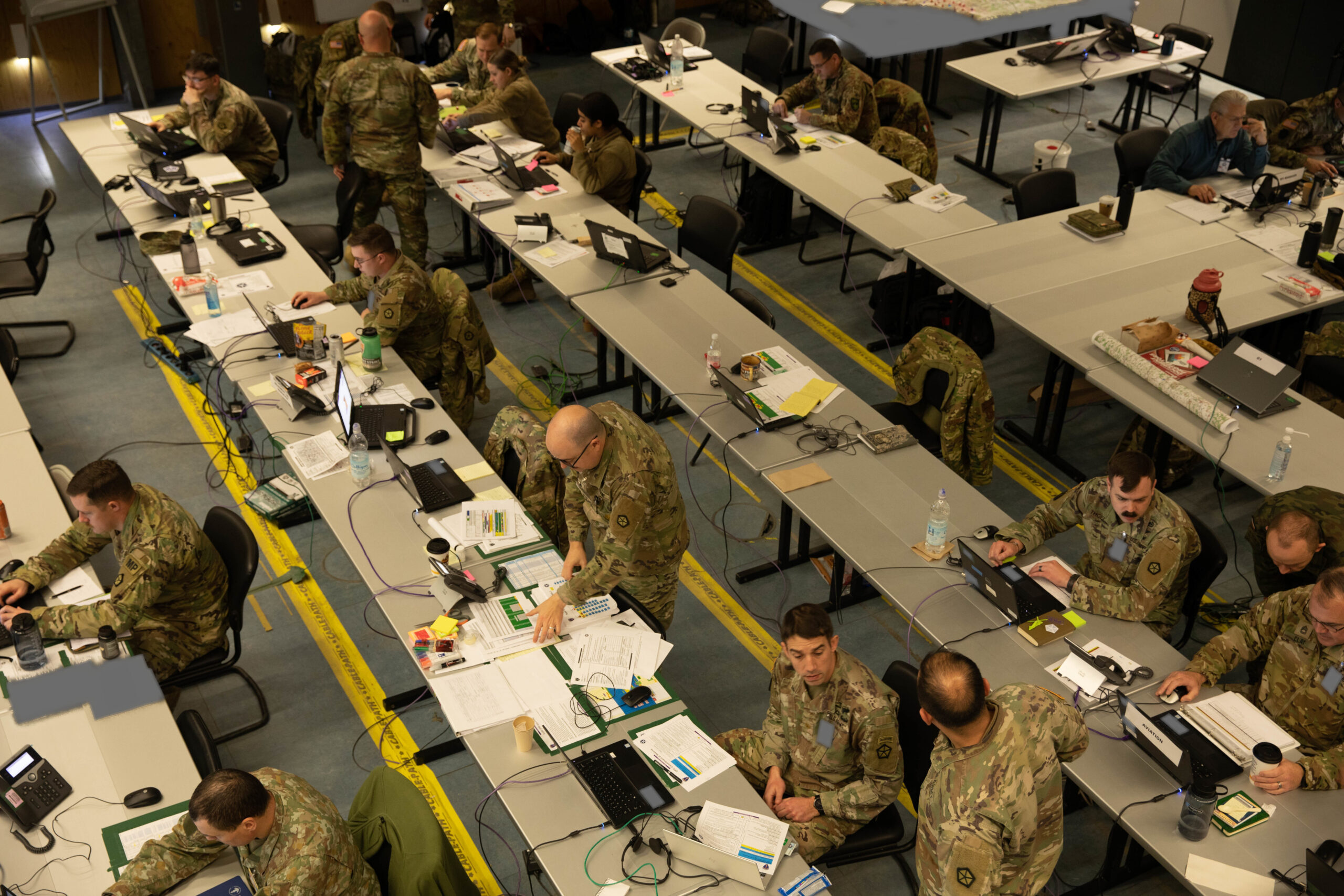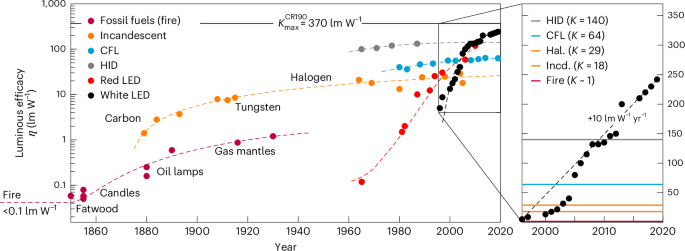Estonia approves $3.2B defense spending spike, locks in 5.4 percent GDP target
“The government’s decision means that we are progressing faster than before in building up Estonia’s defence capabilities – that applies to the army, the air force, as well as the navy,” said Estonia’s Prime Minister Kristen Michal.
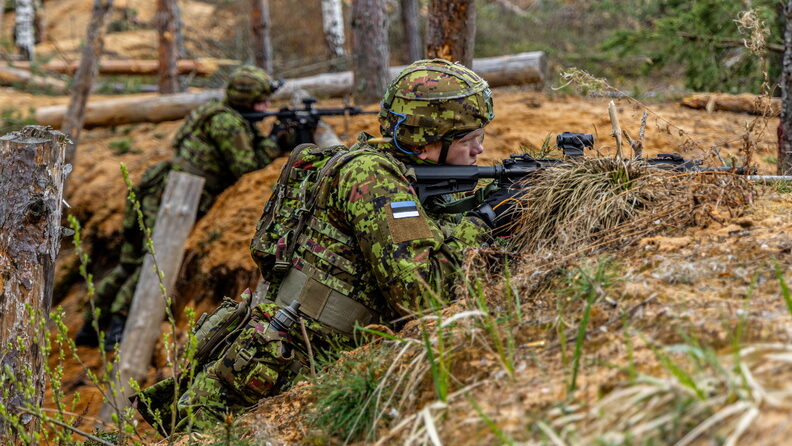

Estonian soldiers take part in a training exercise (Photo: Estonian Defence Forces)
BELFAST — In a bid to meet NATO capability targets, Estonia has approved a four-year defense investment plan, complete with additional funding of €2.8 billion ($3.2 billion).
Announced on Thursday, ratification of the “supplementary defence investment programme” enables Tallinn to allocate 5.4 percent GDP, on average, toward military budgeting out to 2029.
“The government’s decision means that we are progressing faster than before in building up Estonia’s defence capabilities — that applies to the army, the air force, as well as the navy,” said Estonia’s Prime Minister Kristen Michal in a statement.
He added that the new funding marks “the largest increase in defence spending in recent history, which will allow us to develop Estonia’s air defence faster, increase the army’s firepower, create a deep-warfare capability, and place significant emphasis on the development of drone and electronic warfare.”
Further development of national defense capabilities “will be guided” by advice from Maj. Gen. Andrus Merilo, commander of Estonia’s Defence Forces, and is aligned to both “experiences” from the Ukraine war and NATO capability targets, according to the statement.
The alliance is in the process of refreshing capability targets that are designed to support better standards of readiness, interoperability and coordination across member nations on items like air and missile defense systems. Further details, however, are not available as a NATO spokesperson told Breaking Defense today that the targets “are classified, so will not be published.”
Pierre Vandier, NATO Supreme Allied Commander Transformation, said in March that member nations will be asked to increase their individual capability targets by 30 percent, and 80 percent of allies had already accepted the proposed push, per Defense News, with agreement from all 32 countries planned ahead of the forthcoming NATO Summit, in the Hague.
Estonia’s decision to increase defense spending follows a similar move by Baltic state counterpart Lithuania. As Breaking Defense previously reported, Vilnius committed in January to invest between 5 to 6 percent GDP on its armed forces out to the end of the decade. Rounding off the regional fiscal push, Latvia plans on increasing its military spending to 5 percent GDP, long term, according to a local media report. The Trump administration has urged European nations to reach such a figure, though a more modest target is expected to be agreed at the NATO summit.
Major procurements tied to Estonian modernization efforts include a $200 million-plus package for six Lockheed Martin-made M142 High Mobility Artillery Rocket Systems (HIMARS). Tallinn is mulling a second tranche order, but issues relating to delivery lead times and pricing have led to evaluation of rival competitor weapon systems. In February Hanno Pevkur, Estonia’s defense minister, also told Breaking Defense that there is “still some time” to decide on a XA-180 armored personnel carrier replacement acquisition.
In March, Tallinn received deliveries of close to 50 Turkish-made Arma 6×6 armored personnel carriers and 4×4 NMS armored vehicles, set to enter service with infantry and combat support units. A first batch, from 12 French produced Caesar MK1 155mm caliber self-propelled howitzers on order, were also received in January.
New air warfare capabilities are being prioritized too. The Estonian Centre for Defence Investments (ECDI) announced a tender in support of a seven-year loitering munitions framework agreement in December 2024, aimed at covering “needs for various short- and long-range systems,” according to a statement. Tallinn is focused on securing several “providers” for the effort.
Additionally, the main focus of the ECDI’s 2025-2029 defense investment plan rests on “acquiring critical ammunition stockpiles,” while noting, “Within the next five years, we will enter a new cycle of ammunition procurements.” To that end, ECDI has allocated spending of €800 million on large calibre ammunition and €300 million on small calibre ammunition in 2028.





























